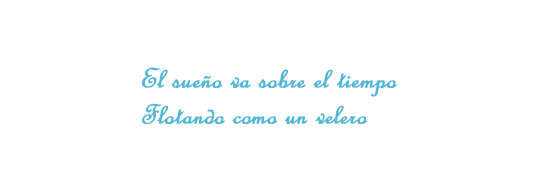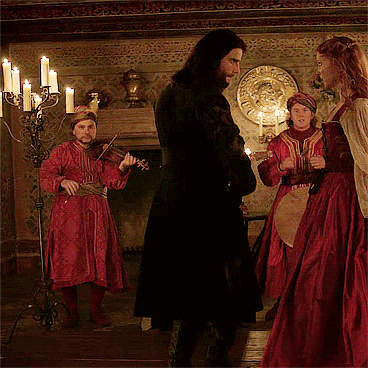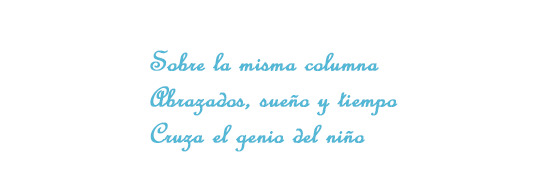#there's so many spanish songs i often think ces would be curious with and/or liked
Text







“On September 14, Cesare returned to Rome, he gave audiences lied in bed, although dressed in street clothes. The Ferrarese ambassador Saraceni informs his lord: “One might say he is ill, but yesterday evening he danced non-stop and will do the same tonight at the Pope’s palace...”
“...the city authorities took Duke Valentino to the Palazzo di Città, where a large and brilliant gathering of citizens and ladies awaited him, and where he spent the day dancing. The dances were partly comic, partly Moorish* and dancers and singers were dressed in red damask, covered with gold sequins that jingled with every move.”
“...and perhaps the only story of another chronicler remains true and characteristic, who narrates that in that night...after hearing the news, Cesare Borgia continued to dance with the utmost imperturbability.”
*In the 15th century, the moresca (moorish) is the most-often mentioned dance type in literature. In its early manifestation it appears in two forms: as a solo dance, and as a couple. [...]we know that during the eight hundred years of Moorish ocupation of Spain, there was a constant flow of peoples through southern Spain from the Middle East and Africa. Christian courts hired Moorish musicians and dancers to perform alongside the local troubadours, who liked and adopted Moorish ways. These contacts resulted in a significant Oriental influence in the dances of Andalucía in southern Spain. In addition, the Moors introduced the idea of mixed social dancing, though it was some time before the Spanish adopted the idea. Flamenco originated in Andalucía as a type of plaintive song of the gypsies who migrated to that region around the fifteen century. It is unclear who invented the dances known collectively as flamenco. Characteristics of flamenco that may be found to one degree or another in the Creole dances of the New World include rhythmic hand clapping and shouts by spectators (jaleo), finger snapping (pitos), rhythmic heel stamping, and expert footwork. In the time of Ferdinand and Isabella, dance was incorporated into autos sacramentales created to bring the liturgy alive for Spain's unschooled faithful."
Sources: José Catalán Deus, El Principe del Renacimiento: Vida y Leyenda de César Borgia.
G. Sacerdote, Cesare Borgia: La sua vita, La sua famiglia, I suoi tempi.
Tradiciones Nuevomexicanas, Mary Caroline Montaño.
#cesare borgia#dailyborgia#perioddramaedit#borgiaedit#historyedit#spanish dance#my edits#house borgia in history#this is the result of insomnia + listening to my spanish music playlist djsjdjdhds#there's so many spanish songs i often think ces would be curious with and/or liked#this one by the great camarón is one of them#idk why but something about it clicks so right with him for me
48 notes
·
View notes